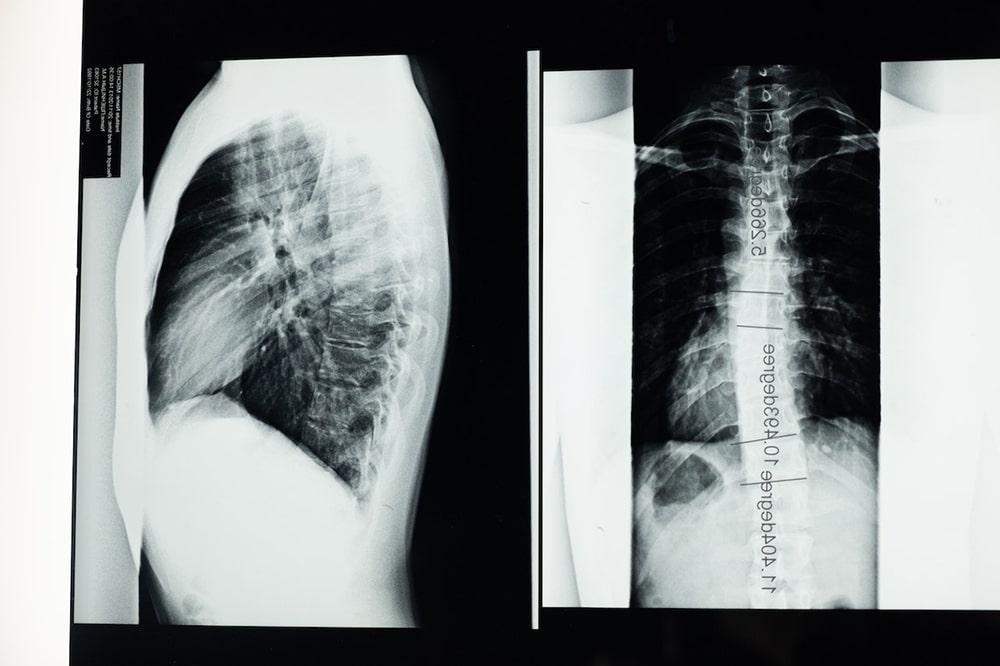What Causes Most Spinal Cord Injuries?

A spinal cord injury (SCI) is one of the most life-altering injuries a person can suffer. What causes most spinal cord injuries? The top causes of spinal cord injury in the U.S. are:
- Motor vehicle accidents
- Falls
Other causes of spinal cord injuries will be discussed further below. If you suffered trauma to the spinal cord because of another party’s negligence, recklessness, or wrongful actions, contact Pittman Roberts & Welsh, PLLC to discuss the legal recourse available to you or your loved one.
What Is a Spinal Cord Injury?
A spinal cord injury is a broad term referring to any physical damage to the spinal cord—the extended bundle of cells and nerves that sends communications between the brain and body. An SCI can result from direct physical trauma to the spinal cord itself, or from damage to the surrounding nerves and bones.
Because the spinal cord is involved in so many different functions and in so many different areas of the body, the symptoms of an SCI can vary widely.
In most cases, the severity of the injury will be determined by where the spinal cord was damaged, and to what extent. The areas of the body below the injury site will be impacted by the damage. Generally, the higher the injury site, the more severe the injury, as more areas of the body are affected. An SCI at any level of the spinal cord may be either permanent or temporary.
Types of Spinal Cord Injuries
Spinal cord injuries are divided into two types based on severity: complete and incomplete.
- A complete spinal cord injury is when all feeling and movement are lost below the injury site.
- An incomplete spinal cord injury allows some degree of motor or sensory function.
An SCI may also be categorized by the area of the body affected:
- Tetraplegia or Quadriplegia affects most of the body from the neck down—the arms and hands, trunk, legs and feet, and pelvic organs.
- Paraplegia affects most of the body from the waist down—the legs and feet, pelvic organs, and some or all of the trunk.
The Top Causes of Most Spinal Cord Injuries
The most common causes of spinal cord injury are motor vehicle accidents and falls, particularly catastrophic falls from heights. A 2013 study published in Topics in Spinal Cord Injury Rehabilitation (TSCIR) found that 38.3% of SCIs were caused by an automobile or motorcycle accident, and 25.3% of SCIs were caused by a fall.
However, the study also noted that falls became an increasingly common cause of spinal cord injuries among older adults. The study determined that falls, rather than motor vehicle accidents, became the leading cause of spinal cord injury in adults over 45 years of age.
Other types of accidents and incidents that are common causes of spinal cord injuries include:
- Industrial and construction accidents
- Other workplace accidents
- Gunshot wounds
- Sports injuries
- Physical assault
- Diving accidents
- Being struck by falling objects
- Medical malpractice (most often, surgical injury)
- Diseases affecting the spinal cord
Risk Factors for a Spinal Cord Injury
Because of what causes most spinal cord injuries, there are certain risk factors that increase the likelihood that a person will suffer an SCI. Gender is a top factor, as spinal cord injuries affect males at a disproportionately higher rate.
Risk factors for suffering spinal cord damage include:
- Alcohol use
- Being over the age of 65 (fall risk)
- Suffering from arthritis or osteoporosis
- Being between 16 and 30 years of age (for motor vehicle, physical assault, work-related, or sports injuries)
- Being a professional athlete
- Failing to wear a seat belt in a motor vehicle
- Lack of properly-fitted protective sports equipment when playing a sport
- Not using the proper protective measures on a dangerous work site
Signs and Symptoms of a Spinal Cord Injury
Signs and symptoms of an SCI cover a wide range of sensory (feeling) and motor (movement) functions. Because the spinal cord is also responsible for sending messages to organs throughout the body, there may be symptoms that many people don’t typically associate with SCIs—like blood pressure and bladder control issues.
A spinal cord injury may cause signs and symptoms such as:
- Loss of movement (paralysis)
- Numbness or tingling sensations in the hands and feet
- Pain, pressure, or stinging in the head, neck, and back
- Difficulty walking, standing, or sitting upright
- Weakness in certain areas of the body
- Difficulty breathing
- Loss of sexual function
- Loss of bladder or bowel control
- Loss of the ability to feel heat and cold
- Spasms and exaggerated reflexes
- Back or neck twisted into an unnatural position
What To Do if Someone May Have Suffered a Spinal Cord Injury
The few moments following a spinal cord injury are a critical period. Spinal cord injuries can easily become worsened with the wrong actions, resulting in permanent damage or even death. But if the right actions are taken quickly, a person’s chance of reaching full recovery or maximum medical improvement can be greatly improved.
If you suspect someone may have suffered an SCI, take the following actions as quickly as possible:
- Call 911.
- Do not move the victim. Keep them safe until emergency help arrives.
- Keep the injury victim completely still, warm, and away from immediate dangers (like traffic).
- If possible, place towels or blankets around the victim to protect them from movement.
- Make the victim as comfortable as possible until help arrives. Do not leave them alone.
Severe spinal cord injuries typically require emergency medical intervention (such as surgery), along with months, years, or indefinite rehabilitative care. The sooner treatment can begin, the better the victim’s chances of a good prognosis.
What To Do After a Spinal Injury Diagnosis
If you or someone you love was injured in an incident caused by the negligence or willful wrongdoing of another party, legal action may be the necessary next step after an SCI diagnosis.
The estimated lifetime costs of treating a spinal cord injury reach into the millions. When another person or party is at fault for the injuries, the law allows that they be held financially responsible for the damages.
To learn more about the legal options available to spinal cord injury victims, reach out to Pittman Roberts & Welsh, PLLC for a consultation.







